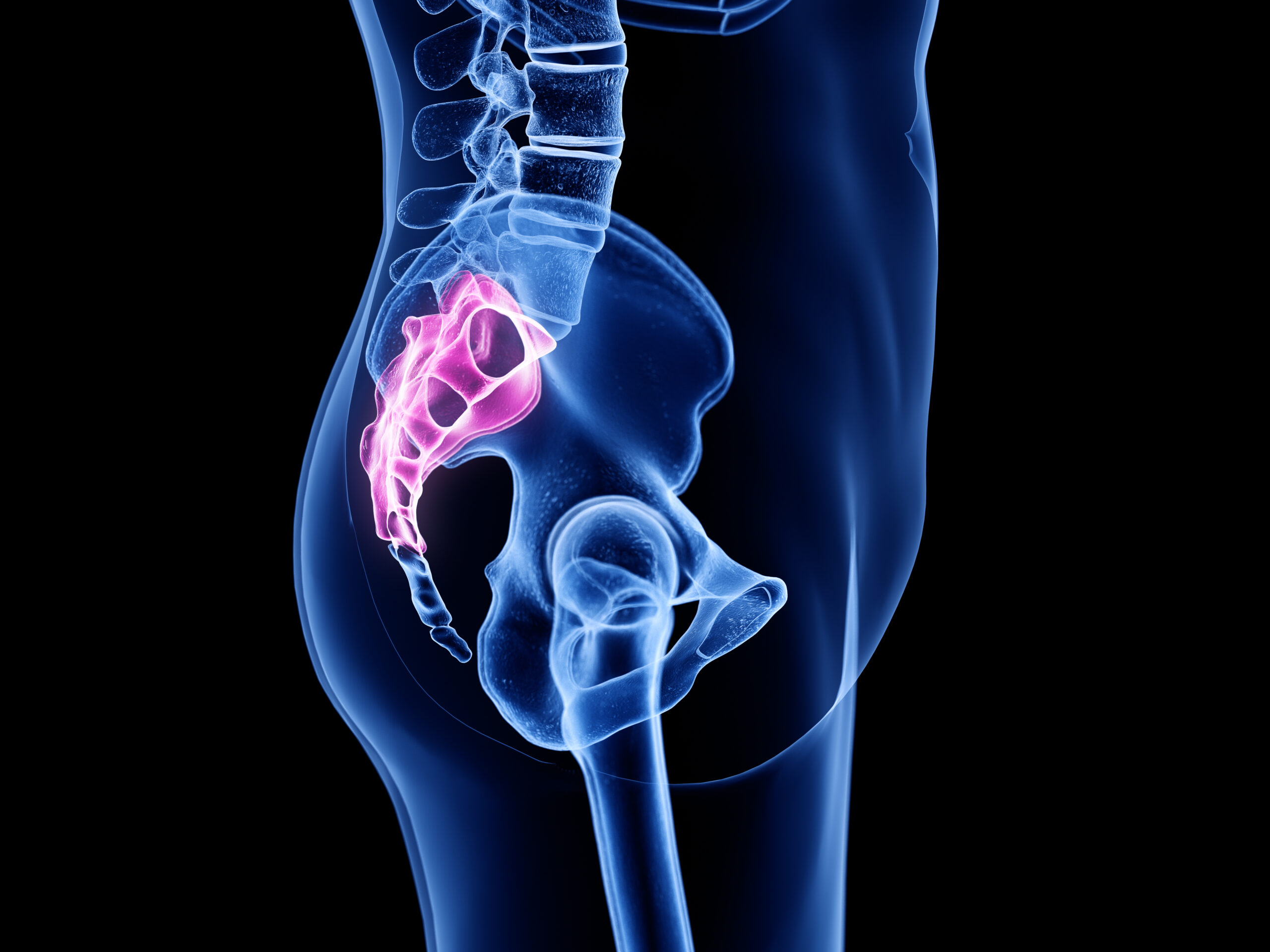The Webster Technique used by chiropractors
The Webster Technique is a specific chiropractic analysis and diversified adjustment. The goal of the adjustment is to reduce the effects of sacral subluxation and sacroiliac joint dysfunction. In so doing, neuro-biomechanical function in the pelvis is facilitated. Sacral subluxation may contribute to difficult labor for the mother (i.e., dystocia). Dystocia is caused by inadequate uterine function, pelvic contraction, and baby mal-presentation. The correction of sacral subluxation may have a positive effect on all of these causes of dystocia.
Dr. Larry Webster, founder of the International Chiropractic Pediatric Association (ICPA), developed this adjustment as a safe means to restore proper pelvic balance and function. He reported that in women who received the Webster Technique, the results were very dramatic: there was a high percentage of success in relieving the musculoskeletal causes of intrauterine constraint. At the 2002 International Chiropractic Pediatric Association annual conference, Dr. Joan Fallon presented research showing an 82% success rate of babies turning to a vertex position following the Webster Technique.
The Webster Technique has become a familiar name to both the chiropractic profession and the birthing community. Current anecdotal studies show a high percentage of success in allowing babies to turn to the normal vertex position utilizing this technique.
It is essential to understand that the Webster Technique is not to be misconstrued as the practice of obstetrics. The Webster Technique is a specific chiropractic adjustment to establish neuro-biomechanical function in the pelvis. The ICPA does not advocate for chiropractic spinal adjustments as a treatment for any obstetric malady.
There is a growing recognition in the obstetric community of the value of the Webster Technique in managing breech presentation during pregnancy. This has led to more referrals from obstetricians and midwives to chiropractors who are proficient in this technique. The technique’s success rate of around 82% has also been supported by further research, indicating that it is a reliable and effective method for promoting optimal fetal positioning.
Moreover, the Webster Technique’s efficacy extends beyond just pregnancy. Chiropractors have also utilized this method to help patients suffering from other issues related to pelvic misalignment, such as low back pain, sciatica, and hip pain. In general, chiropractors who use the Webster Technique have been able to help their patients achieve a higher quality of life and overall health by addressing musculoskeletal dysfunctions and their neurological impacts.
Despite the positive results reported by many chiropractors and patients who have benefited from the Webster Technique, it is essential to acknowledge the limitations of this technique and the need for more rigorous, controlled scientific studies to validate its effectiveness. The current body of evidence primarily relies on case studies and anecdotal reports. While these provide valuable insights into the technique’s potential benefits, they do not hold the same weight as randomized controlled trials in the scientific community.
In conclusion, the Webster Technique is a chiropractic analysis and adjustment that focuses on reducing sacral subluxation and sacroiliac joint dysfunction to facilitate optimal neuro-biomechanical function in the pelvis. It was initially developed to help pregnant women experiencing breech presentation, but has since been used to address a broader range of musculoskeletal issues. The technique has garnered significant support from the chiropractic and birthing communities, with anecdotal evidence and case studies indicating a high success rate in promoting optimal fetal positioning. However, more rigorous scientific research is needed to validate these results and further explore the full potential of the Webster Technique in various applications.
